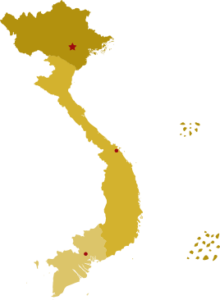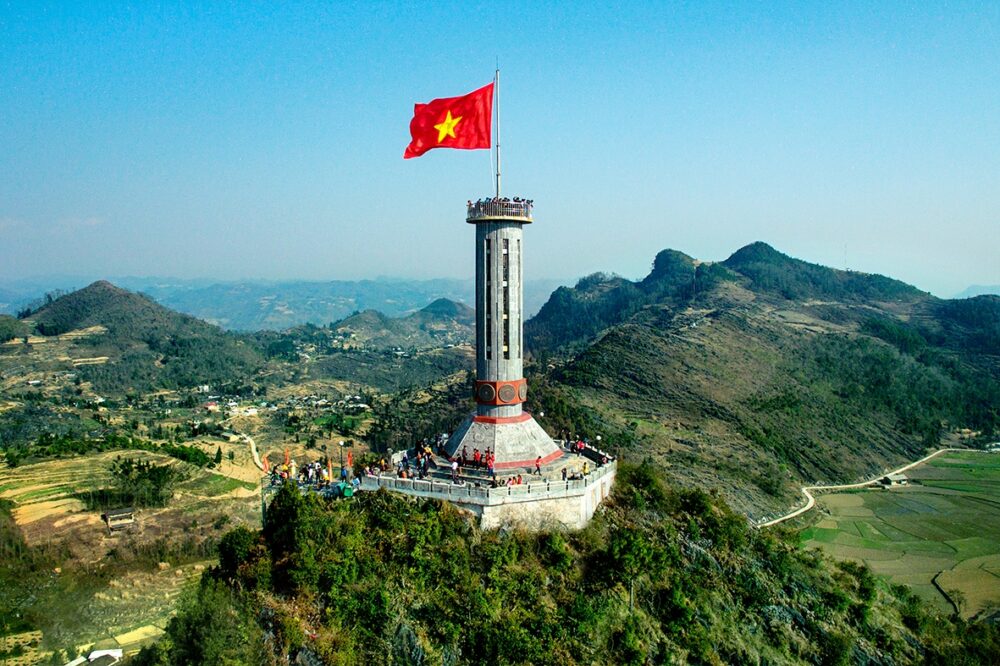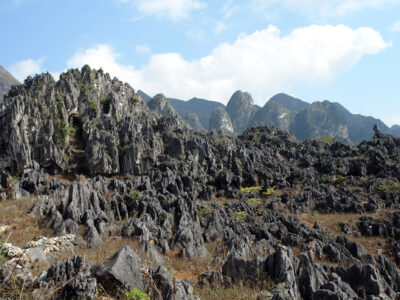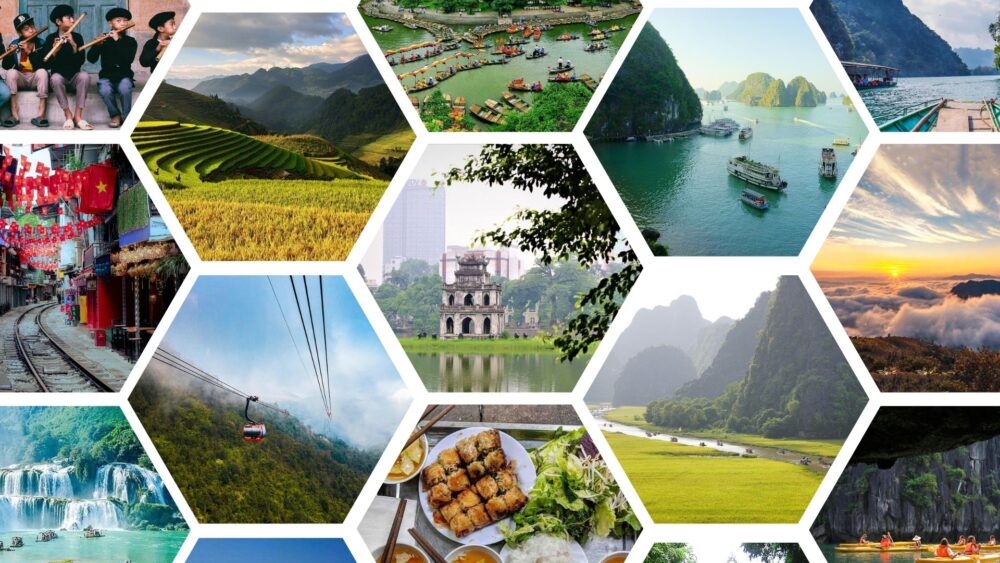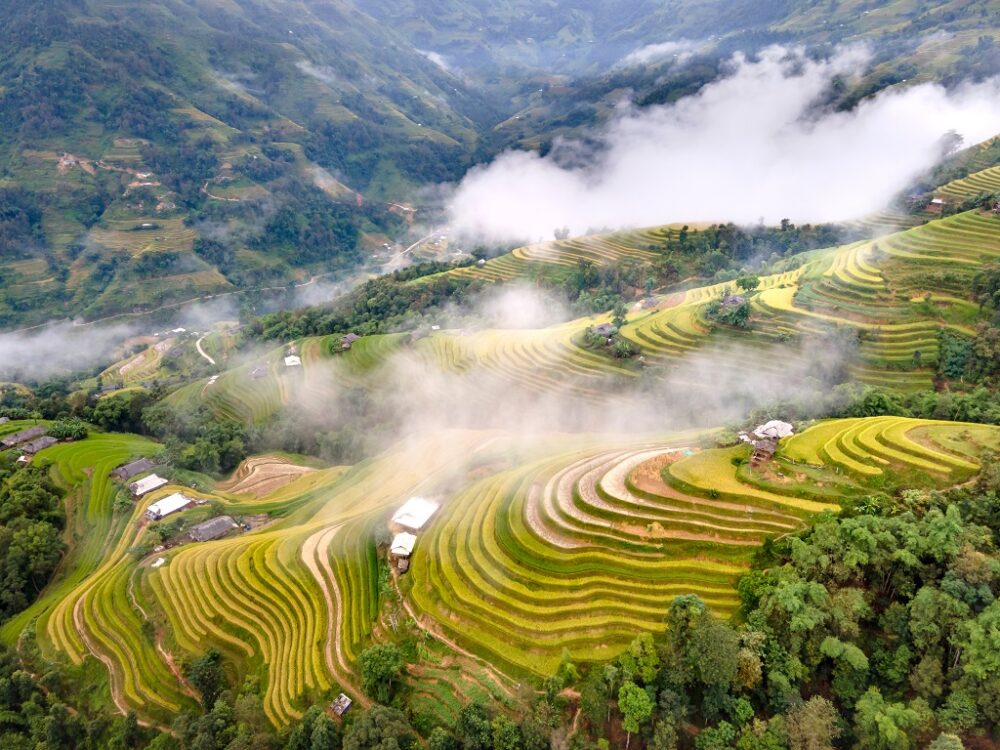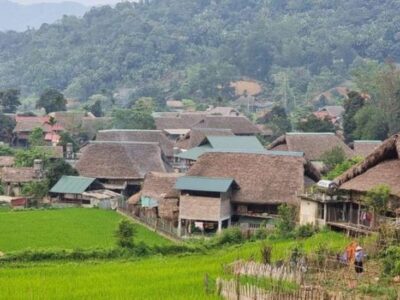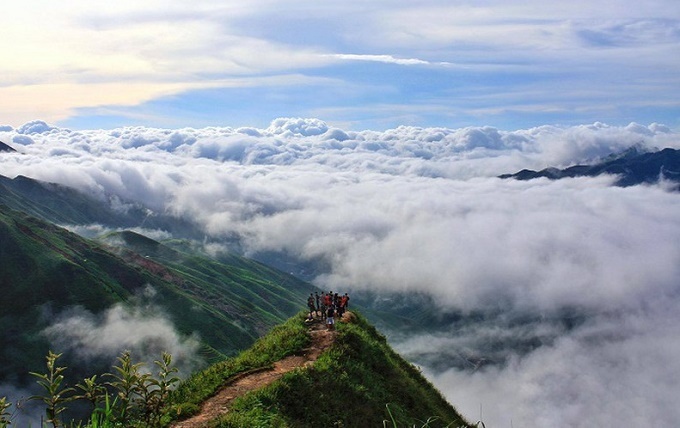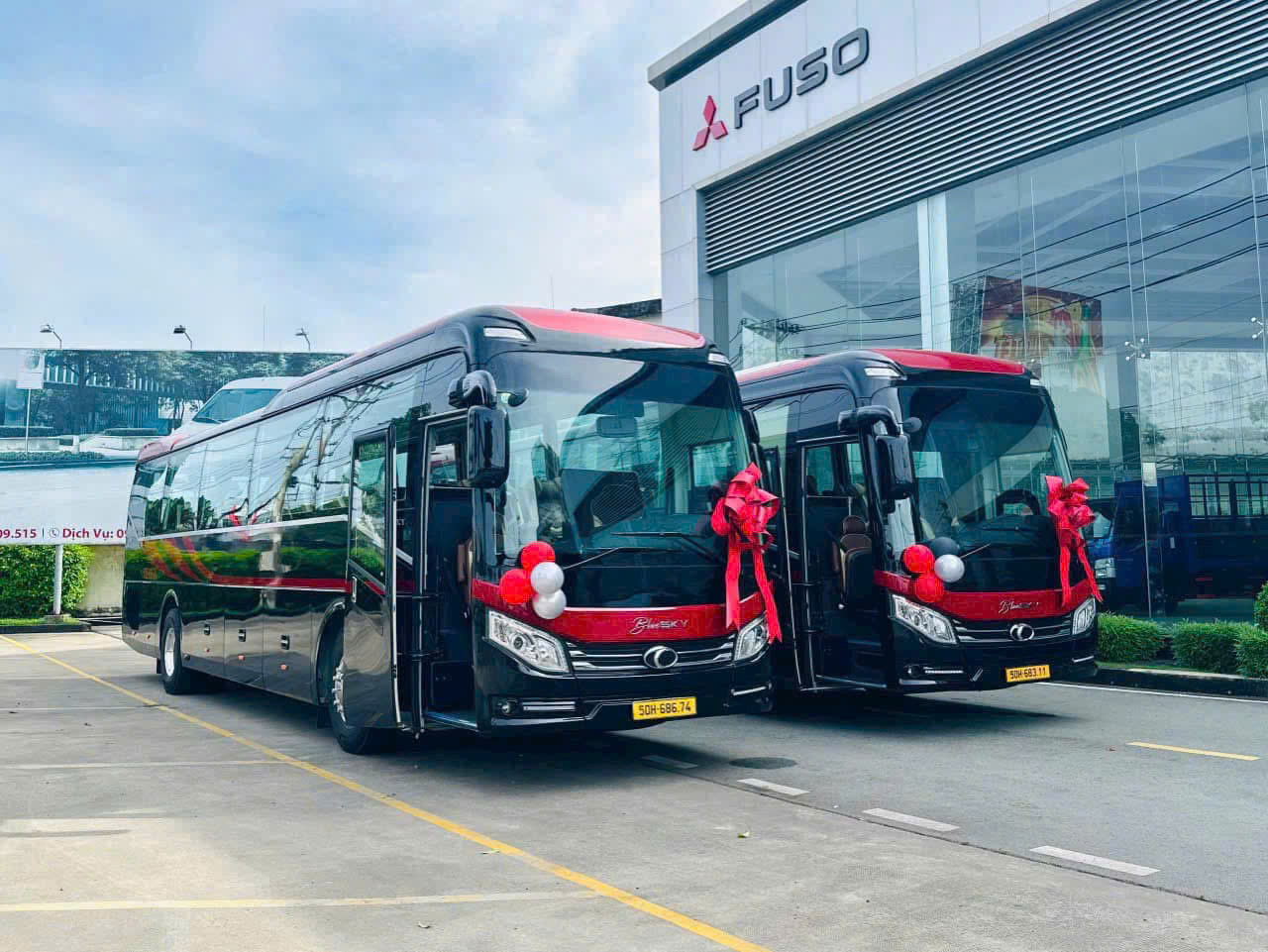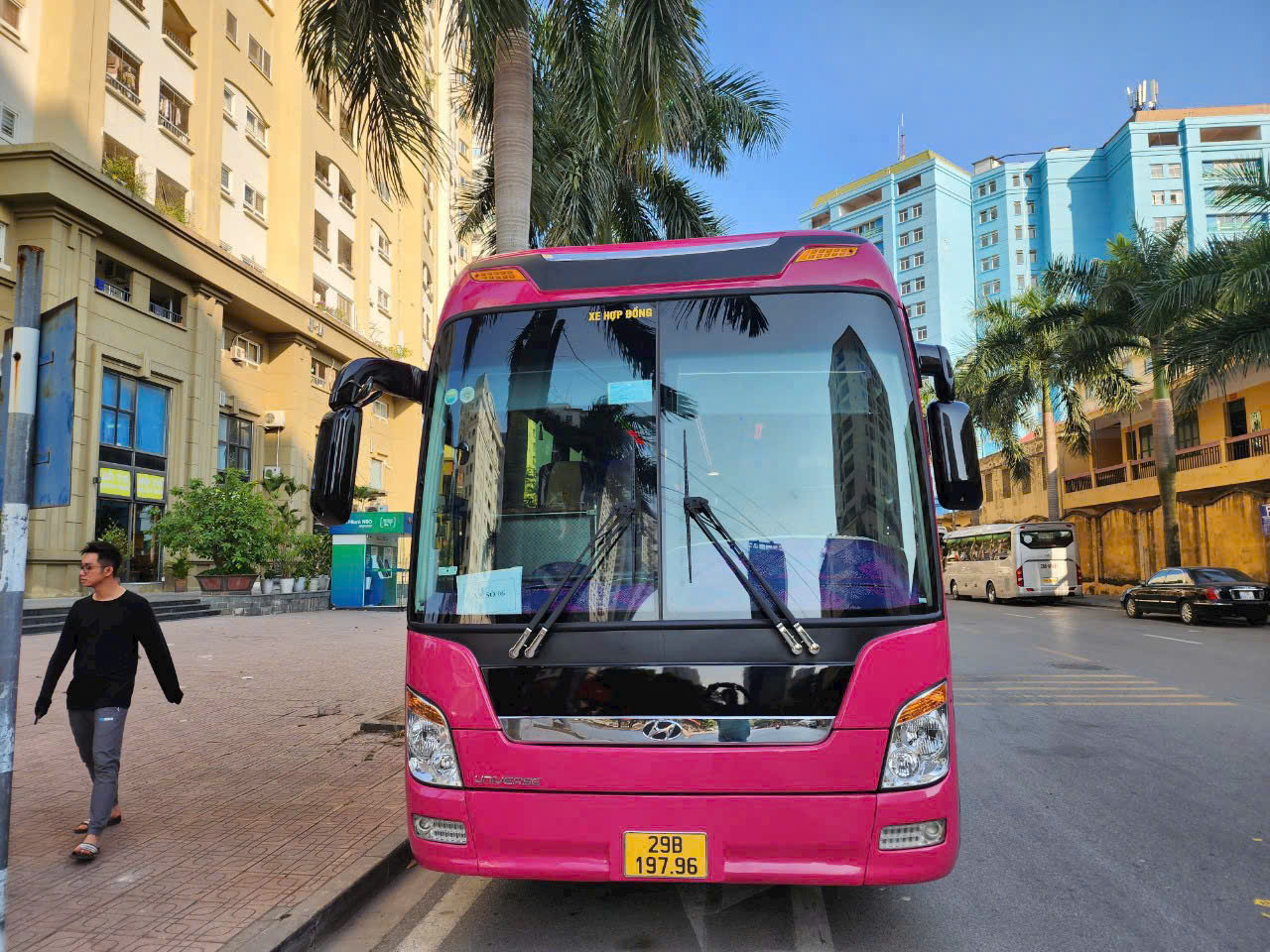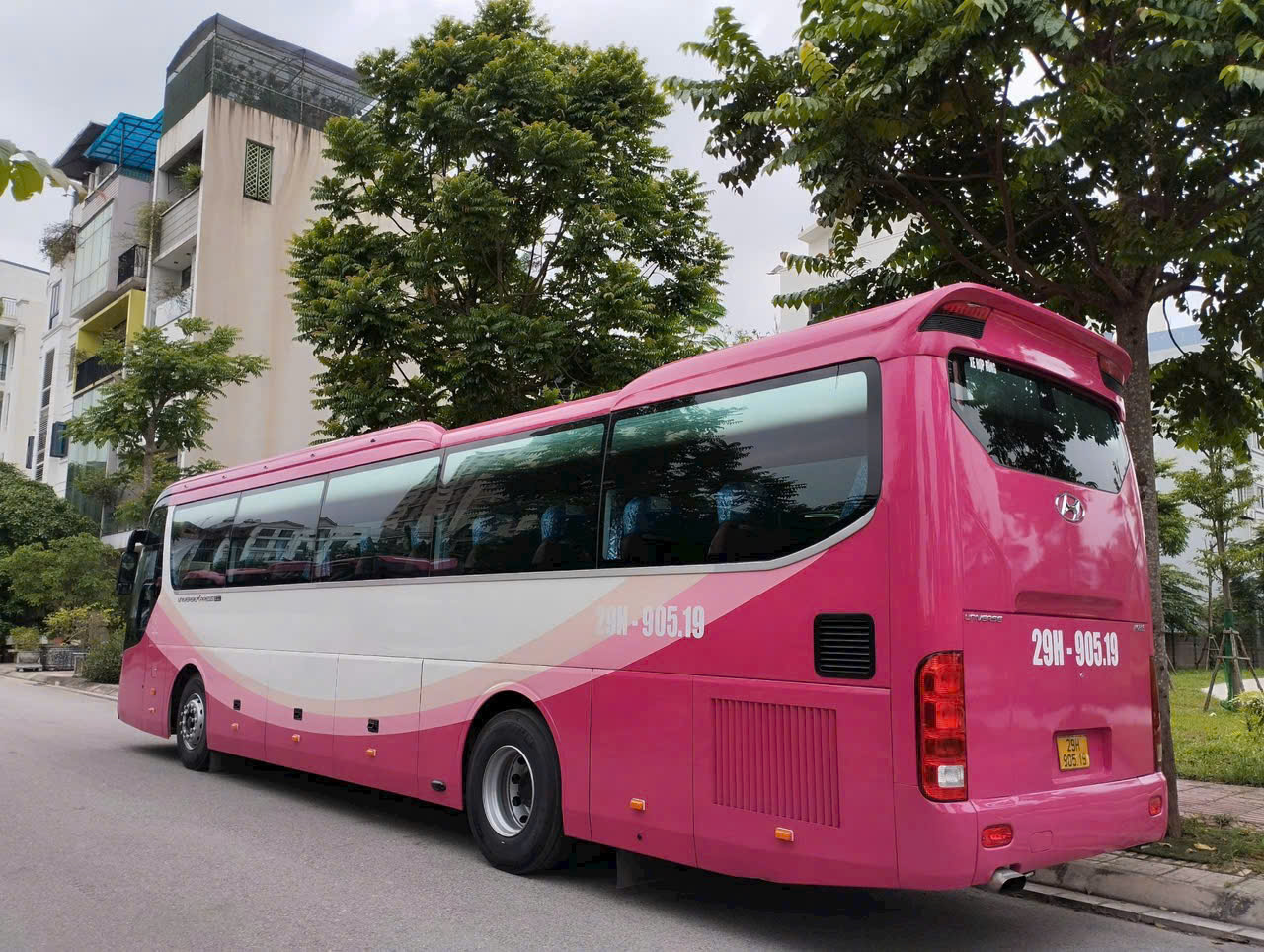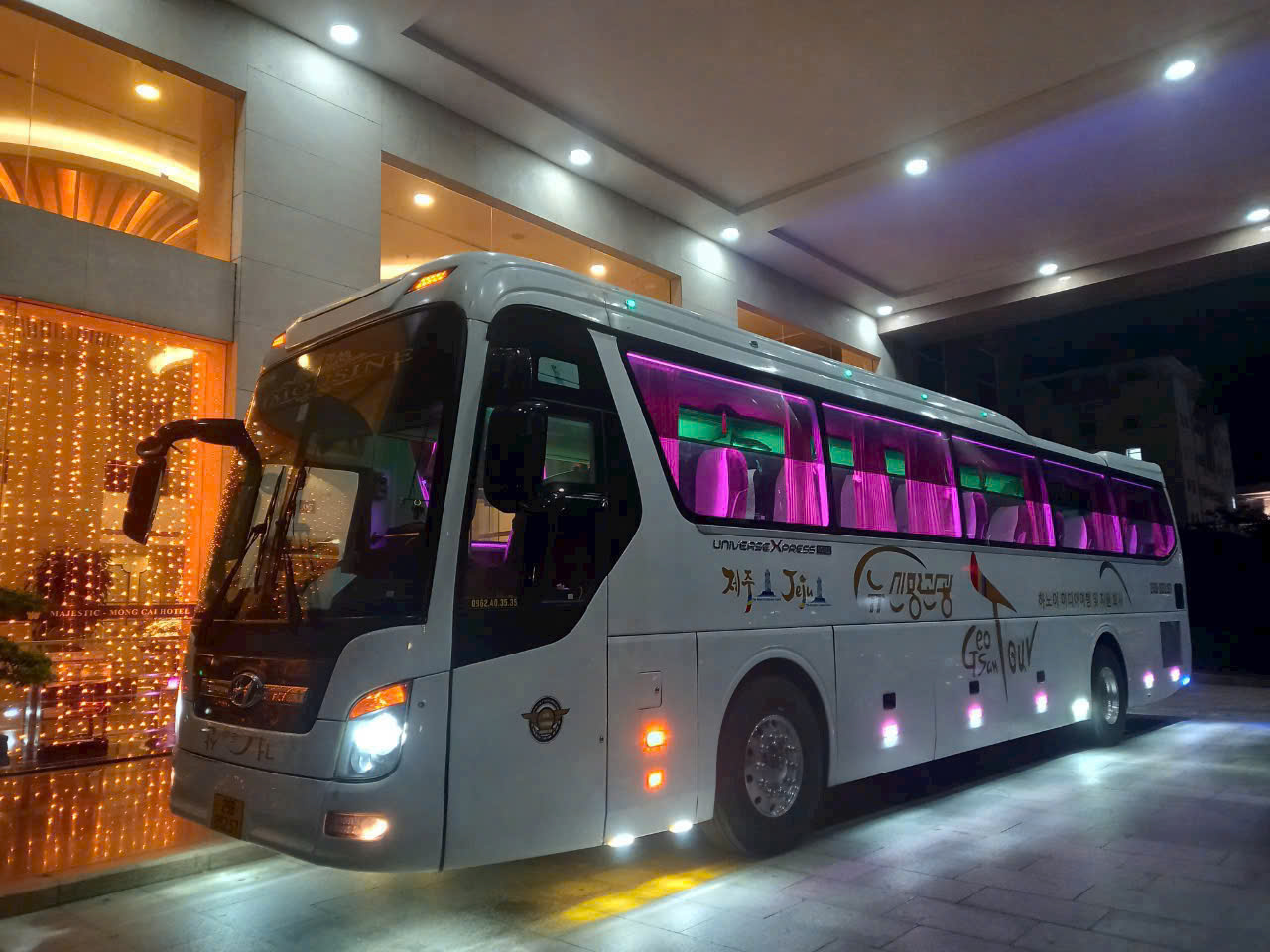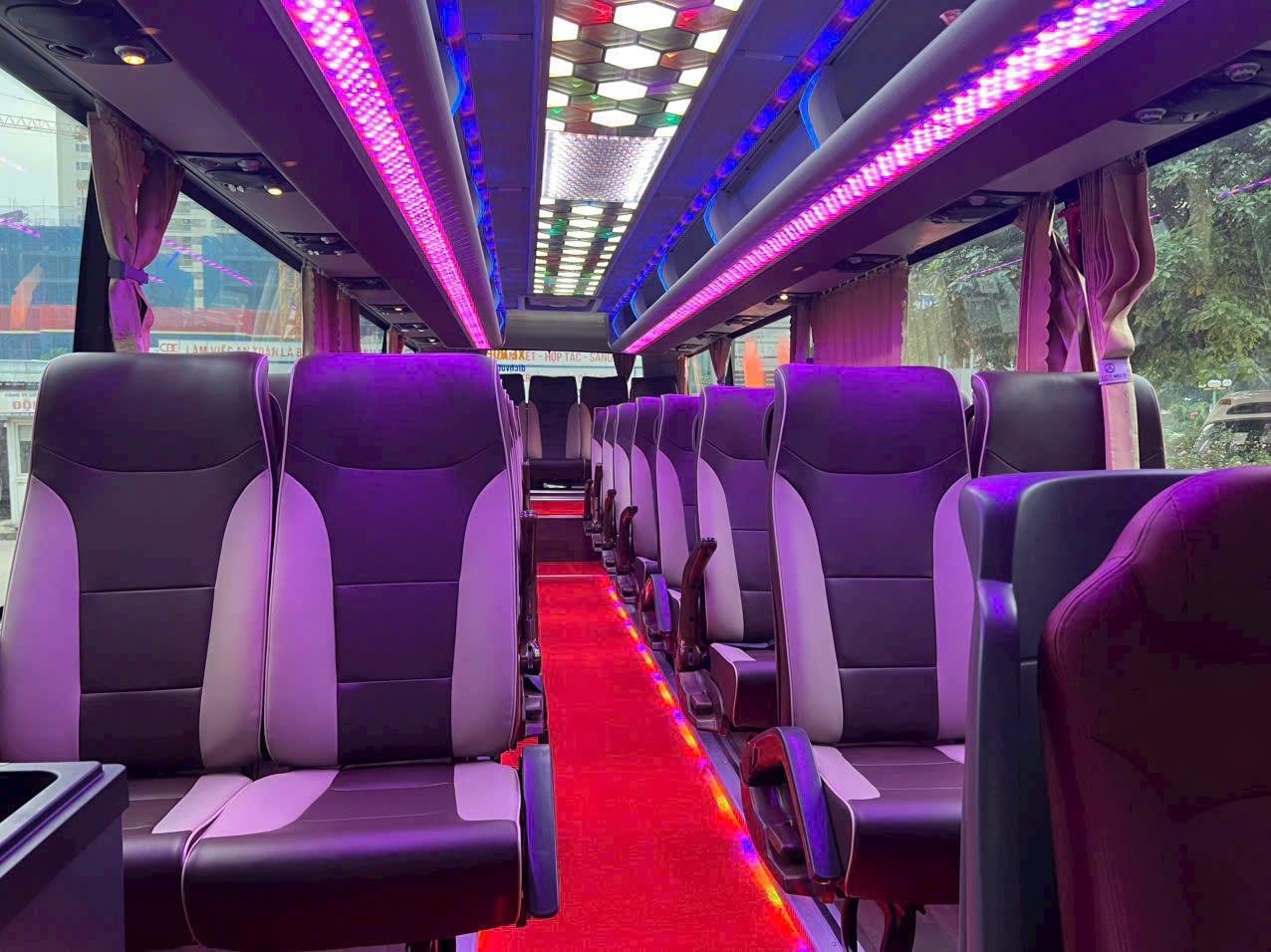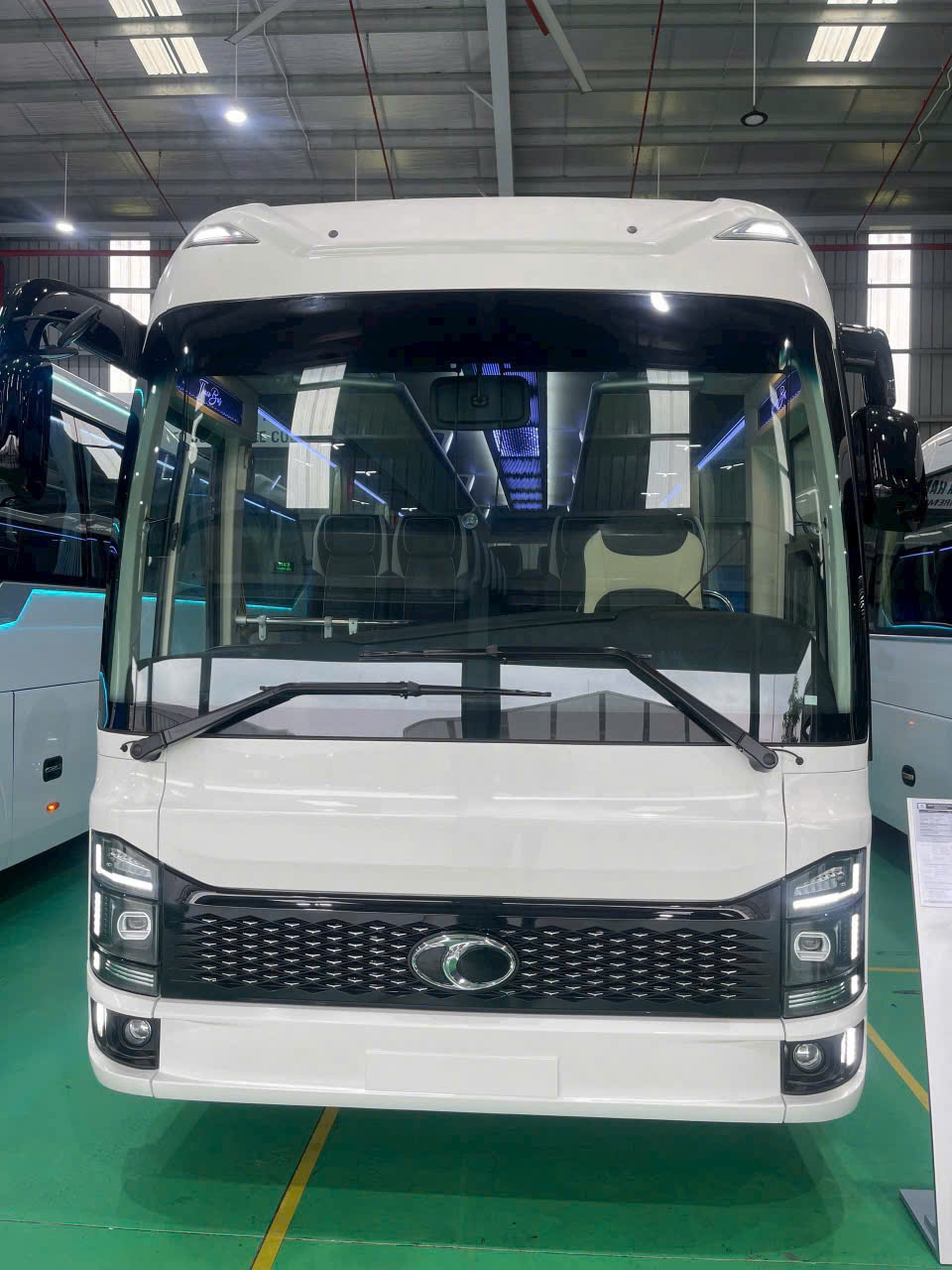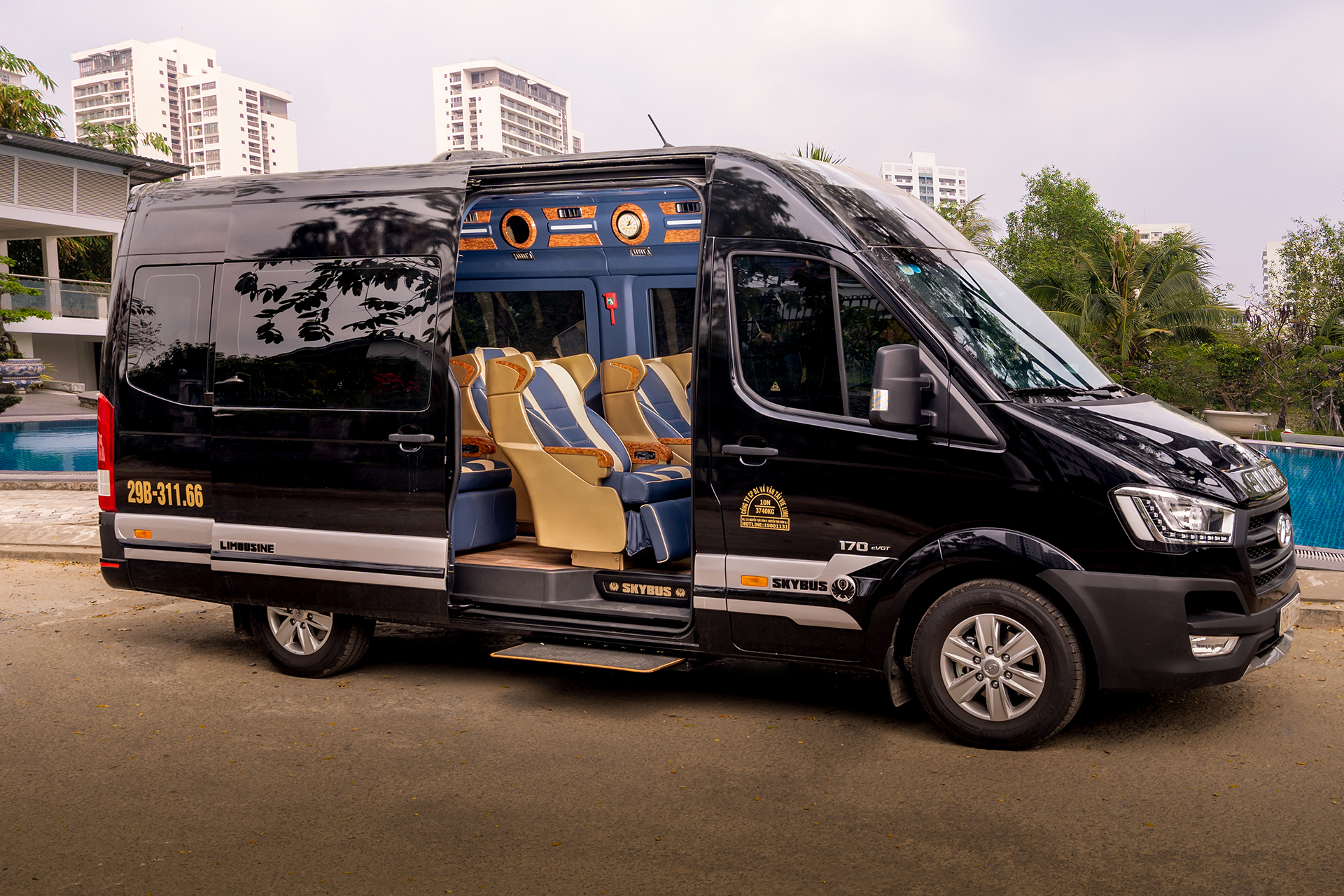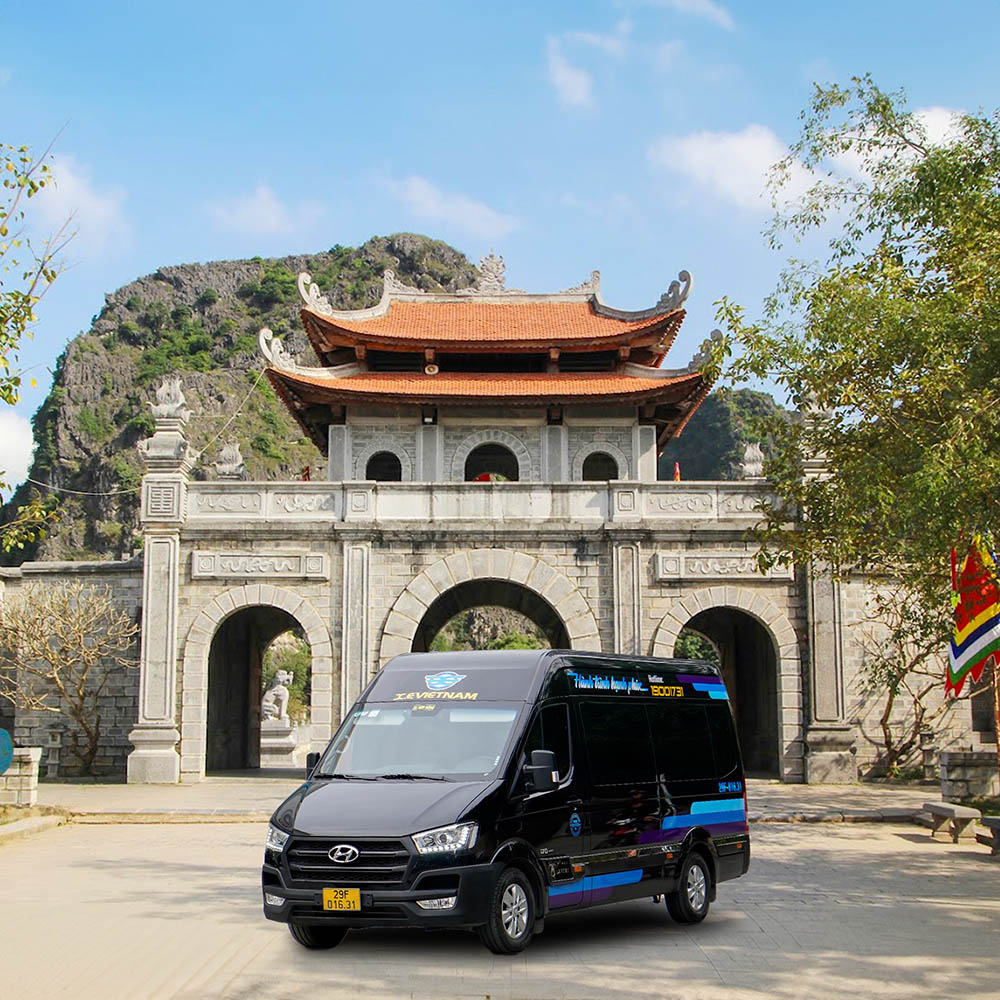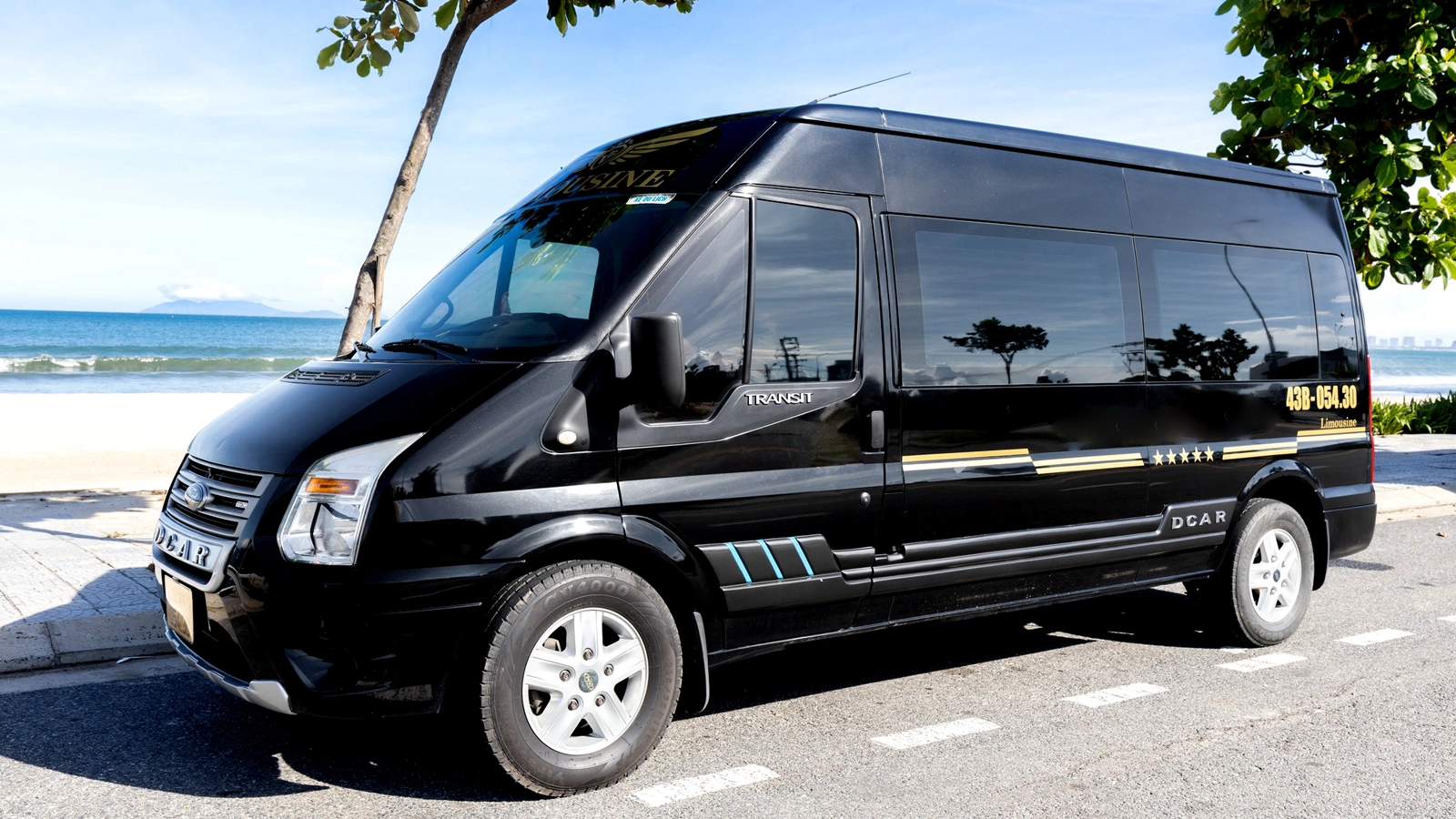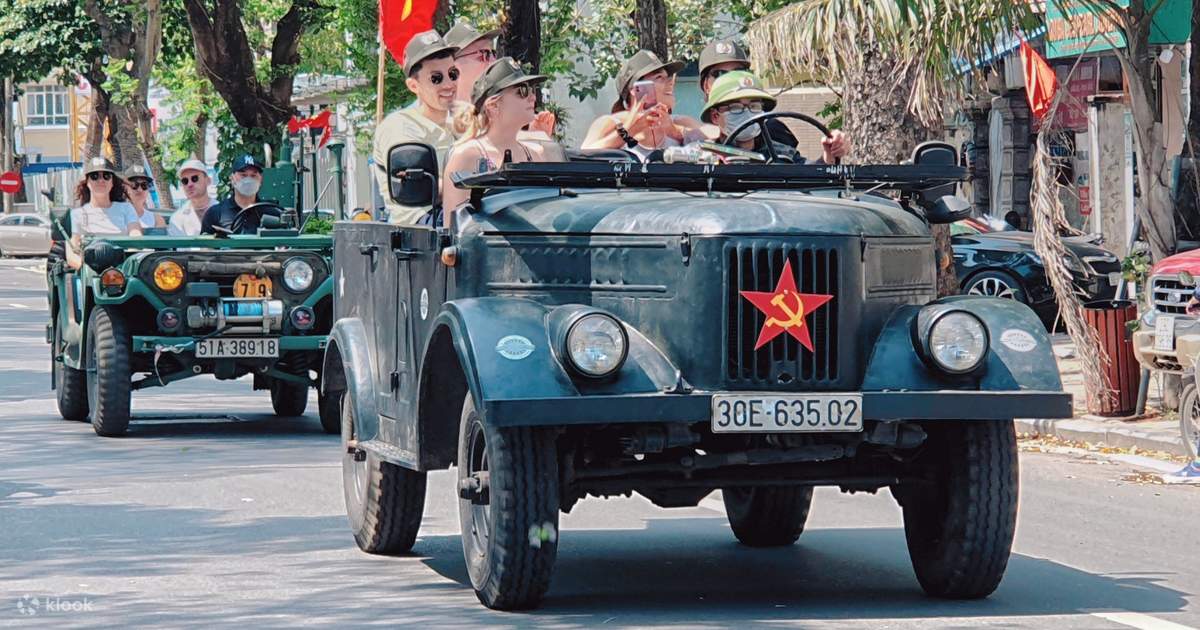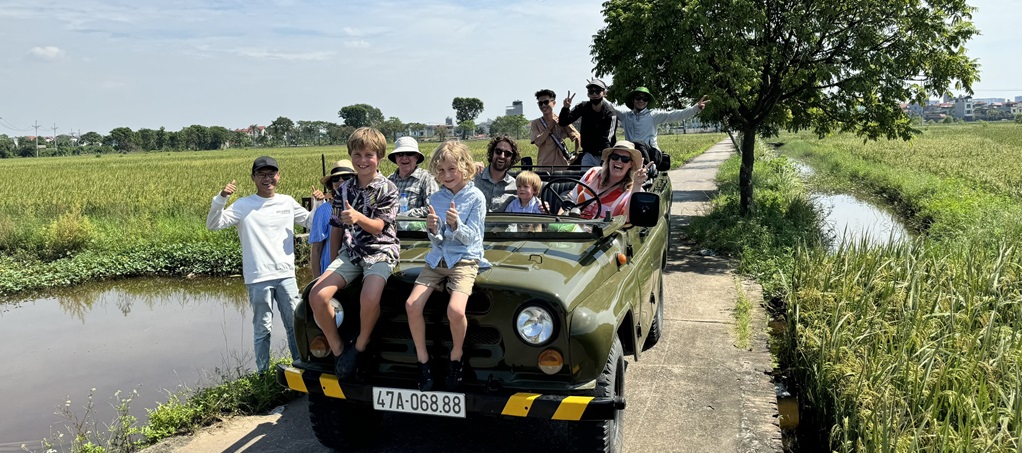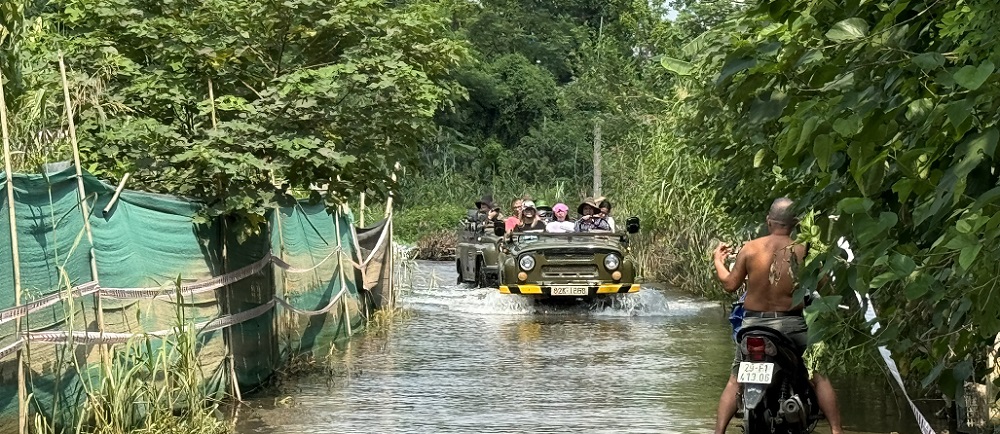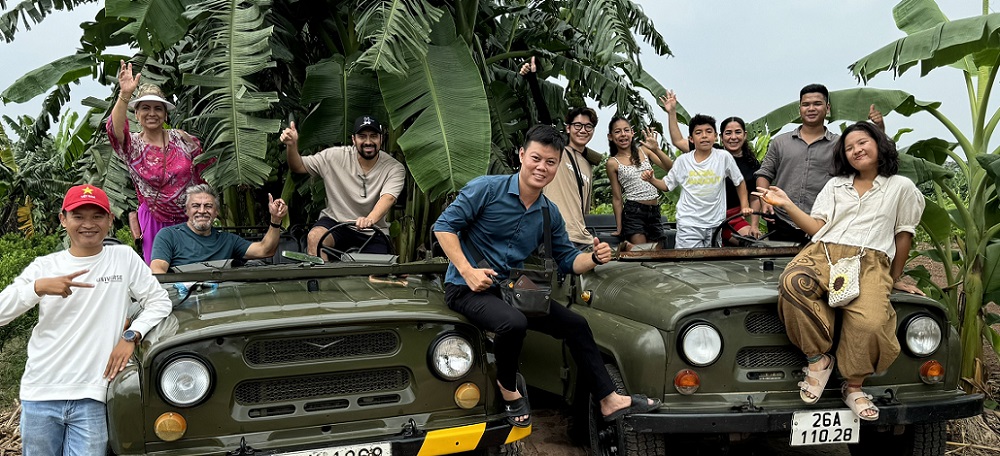Ha Giang
The Ultimate Adventure Destination in Vietnam
Ha Giang is one of Vietnam's most breathtaking provinces, known for its stunning landscapes, rich cultural heritage, and thrilling adventure opportunities. Located in the northernmost part of the country, Ha Giang is often considered the "final frontier" for adventure travelers in Vietnam, offering a unique blend of natural beauty and cultural experiences that are hard to find elsewhere.
Introduction to Ha Giang
Overview of Ha Giang Province
Ha Giang is a remote province in Northern Vietnam, characterized by rugged mountains, deep valleys, and vibrant ethnic minority communities. The province is less developed compared to other popular tourist destinations in Vietnam, preserving its pristine nature and authentic cultural experiences. It’s particularly famous for its karst landscapes, terraced rice fields, and the Ha Giang Loop, a scenic motorbike route that has become a bucket-list adventure for travelers.
Why Ha Giang is a Must-Visit for Adventure Travelers
Ha Giang offers unparalleled adventure experiences, from motorbiking along winding mountain roads to trekking through isolated villages and stunning landscapes. The lack of commercialization and the hospitality of the local ethnic groups provide an authentic experience that sets Ha Giang apart from more developed tourist areas in Vietnam. Adventure travelers are drawn to Ha Giang for its off-the-beaten-path experiences, breathtaking views, and opportunities to connect with nature and local cultures.
Getting to Ha Giang
Best Routes from Hanoi to Ha Giang
The journey from Hanoi to Ha Giang takes approximately 6-8 hours, depending on the mode of transportation. The most common route is via National Highway 2, which passes through Vinh Phuc, Phu Tho, and Tuyen Quang provinces before reaching Ha Giang. This scenic drive offers glimpses of rural life in Vietnam and the changing landscapes as you approach the mountains of Ha Giang.
Transportation Options: Buses, Motorbikes, and Private Cars
- Buses: Overnight sleeper buses from Hanoi are a popular and economical option. These buses are comfortable and allow travelers to rest during the journey.
- Motorbikes: For the adventurous, renting a motorbike in Hanoi and driving to Ha Giang is an option, though it's recommended only for experienced riders due to the challenging mountain roads.
- Private Cars: Hiring a private car or taxi is the most comfortable option, ideal for groups or those who prefer more flexibility and convenience.
The Ha Giang Loop: A Breathtaking Journey
What is the Ha Giang Loop?
The Ha Giang Loop is a roughly 300-kilometer circular route through the Ha Giang province, famous for its stunning mountain scenery, challenging roads, and opportunities to explore remote villages. The loop typically starts and ends in Ha Giang city and takes about 3-5 days to complete, depending on the pace and stops along the way.
Highlights Along the Ha Giang Loop
- Dong Van Karst Plateau Geopark: A UNESCO-recognized site, this geopark is known for its dramatic karst landscapes, caves, and rock formations. The area is also home to several ethnic minority groups who have preserved their traditional way of life.
- Ma Pi Leng Pass: One of Vietnam’s most famous mountain passes, Ma Pi Leng offers jaw-dropping views of the Nho Que River gorge below. This section of the loop is often considered the highlight of the journey, with its steep cliffs and panoramic vistas.
- Lung Cu Flag Tower: Located near the Chinese border, this tower marks Vietnam's northernmost point. The area around Lung Cu offers stunning views of terraced fields and remote villages.
How to Plan Your Ha Giang Loop Adventure
Planning your Ha Giang Loop adventure involves considering the number of days, accommodation options, and the type of vehicle you’ll use. It's essential to plan for fuel stops, as gas stations can be sparse in some parts of the loop, and ensure your motorbike or vehicle is in good condition. Accommodations range from basic homestays in local villages to more comfortable guesthouses in towns like Dong Van and Meo Vac.
Top Adventure Activities in Ha Giang
Motorbiking Through Ha Giang's Scenic Routes
Motorbiking is the most popular way to explore Ha Giang, offering the freedom to stop and take in the breathtaking scenery at your own pace. The roads are challenging, with sharp turns, steep inclines, and narrow paths, making it an adventure for those who enjoy a thrill.
Trekking Through Rice Terraces and Ethnic Villages
Trekking in Ha Giang allows travelers to explore areas that are not accessible by road. Guided treks through the terraced rice fields and ethnic minority villages provide an intimate look at the rural lifestyle, traditional farming practices, and stunning landscapes that characterize the region.
Camping and Homestays
For a more immersive experience, consider camping or staying in homestays with local families. This option offers a deeper connection to the local culture and allows travelers to experience the warm hospitality of the ethnic communities. Homestays typically include meals, often prepared with fresh, locally sourced ingredients.
Exploring Ha Giang’s Unique Culture
Meeting the Ethnic Minority Groups
Ha Giang is home to many ethnic minority groups, including the Hmong, Tay, Dao, and Giay. Each group has its unique customs, language, traditional clothing, and festivals. Visiting these communities provides a unique cultural experience, as travelers can learn about their way of life, traditional crafts, and participate in local customs.
Traditional Markets and Local Crafts
Markets in Ha Giang are more than just places to buy goods; they are vibrant social hubs where ethnic communities come together to trade, socialize, and celebrate. These markets offer a variety of handmade crafts, traditional textiles, and local foods, providing a unique shopping experience for visitors.
Best Time to Visit Ha Giang
Seasonal Highlights and Weather Conditions
The best time to visit Ha Giang is during the dry season, from October to April, when the weather is cooler, and the roads are more accessible. The months of September and October are particularly beautiful as the rice terraces are golden and ready for harvest. The spring months of March and April are also ideal, with blooming flowers and vibrant green landscapes.
Festivals and Cultural Events
Ha Giang is known for its vibrant festivals, often tied to the lunar calendar. The Khau Vai Love Market, held in late April, is a unique cultural event where ethnic communities gather to celebrate love and friendship. The Buckwheat Flower Festival in October is another popular event, showcasing the region's beautiful buckwheat flowers.
Where to Stay in Ha Giang
Recommended Homestays and Guesthouses
Staying in a homestay is highly recommended for a more authentic experience. Some popular options include:
- Dong Van Old Quarter Homestay: Located in Dong Van, this homestay offers comfortable rooms and easy access to local attractions.
- Lung Cu Homestay: Situated near the Lung Cu Flag Tower, this homestay provides stunning views and opportunities to engage with local Hmong culture.
Eco-friendly Lodging Options
For those interested in sustainable travel, there are several eco-friendly lodges and guesthouses in Ha Giang that focus on minimizing environmental impact and supporting local communities.
Safety Tips for Adventuring in Ha Giang
Road Safety and Motorbiking Tips
Motorbiking in Ha Giang requires caution and preparation:
- Check Your Equipment: Ensure your motorbike is in good condition, especially brakes and tires.
- Wear Protective Gear: Always wear a helmet and consider additional protective gear like knee and elbow pads.
- Stay Alert: Be aware of road conditions, weather changes, and other vehicles, especially on narrow mountain roads.
Health and Emergency Preparedness
Travelers should carry a basic first-aid kit and be aware of the nearest medical facilities. It's also advisable to have travel insurance that covers adventure activities and potential medical evacuations.
Sustainable Tourism Practices in Ha Giang
Supporting Local Communities and Eco-Tourism
Choosing local guides, staying in homestays, and purchasing locally made products helps support Ha Giang’s economy and promotes sustainable tourism. Engaging with local communities in respectful ways also enhances the cultural exchange experience.
Respecting Local Cultures and Environments
Visitors should respect local customs, traditions, and environmental guidelines. This includes dressing modestly in villages, asking permission before taking photos of people, and not leaving litter behind.
Ha Giang’s Most Instagram-Worthy Spots
Ma Pi Leng Pass: A Photogenic Marvel
Ma Pi Leng Pass is one of the most photographed locations in Ha Giang, with its winding road hugging the edge of the mountains and offering panoramic views of the Nho Que River below. Early morning or late afternoon provides the best lighting for capturing stunning photos.
Dong Van Karst Plateau Geopark
This geopark offers numerous picturesque spots, from dramatic rock formations to serene valleys. The combination of natural beauty and cultural elements makes it a perfect destination for photographers and nature lovers alike.
Culinary Adventures in Ha Giang
Must-Try Local Dishes
Ha Giang offers unique culinary experiences with local dishes such as:
- Thang Co: A traditional Hmong stew made from horse meat, organs, and herbs.
- Au Tau Porridge: A rice porridge made with au tau roots, known for its warming and medicinal properties.
- Buckwheat Pancakes: Made from locally grown buckwheat, these pancakes are a popular snack among locals and visitors.
Food Markets and Street Eats
Exploring local food markets offers a chance to taste various traditional dishes and street food. It’s also an opportunity to interact with locals and learn more about the ingredients and cooking methods unique to Ha Giang.
| Visa requirements | Visa requirements |
|---|---|
| Languages spoken | All Language |
| Currency used | VND, USD ACT |
| Area (km2) | 7927.55 |
| Country name | Vietnam |

